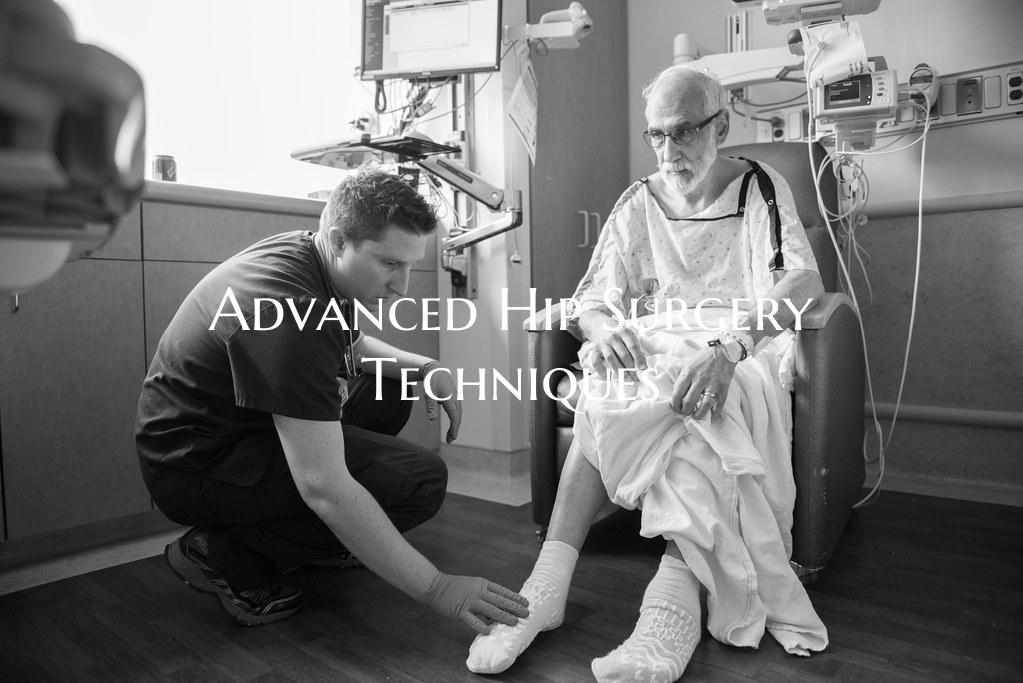
Advanced Hip Surgery Techniques
Introduction: Advanced hip surgery techniques have significantly evolved over the years, enabling surgeons to improve outcomes, reduce recovery times, and enhance patient satisfaction. These cutting-edge approaches leverage the latest technologies and innovations to address a diverse range of hip conditions and pathologies with precision and efficacy. From minimally invasive procedures to robotic-assisted surgeries, the field of hip surgery continues to push boundaries to deliver optimal results for patients.
Minimally Invasive Hip Surgery: Minimally invasive hip surgery techniques have become increasingly popular due to their numerous benefits, including smaller incisions, reduced blood loss, and faster recovery times. These procedures utilize specialized instruments and advanced imaging technologies to access the hip joint with minimal disruption to surrounding tissues. By sparing healthy muscle and tissue, patients experience less pain and scarring, along with a quicker return to normal activities. Minimally invasive hip surgeries are often performed for conditions such as hip impingement, labral tears, and early-stage arthritis.
Robotic-Assisted Hip Replacement: Robotic-assisted hip replacement surgery represents a groundbreaking advancement in the field of orthopedics. This technology allows surgeons to create a personalized surgical plan based on each patient's unique anatomy, optimizing implant positioning and alignment for superior outcomes. During the procedure, the robotic system provides real-time feedback to the surgeon, ensuring precise bone preparation and implant placement. Robotic-assisted hip replacements have been shown to improve the longevity and function of the implant while minimizing the risk of complications.
Hip Arthroscopy: Hip arthroscopy is a minimally invasive procedure that utilizes a small camera and specialized instruments to diagnose and treat various hip conditions. This advanced technique allows surgeons to visualize the interior of the hip joint and address issues such as impingement, labral tears, and loose bodies. Hip arthroscopy can help reduce pain, improve joint function, and delay or even prevent the need for more extensive surgeries like hip replacement. With advancements in arthroscopic technology and surgical skills, hip arthroscopy has become a valuable tool in the management of hip disorders.
Recovery and Rehabilitation: Advanced hip surgery techniques have not only revolutionized the way procedures are performed but also transformed the postoperative care and rehabilitation process. Patients undergoing advanced hip surgeries can benefit from accelerated recovery protocols, early mobilization, and targeted rehabilitation programs tailored to their specific needs. By focusing on functional recovery and returning patients to their normal activities as quickly as possible, these techniques aim to enhance overall outcomes and patient satisfaction.
Conclusion: The field of hip surgery continues to evolve rapidly, driven by advancements in technology, surgical techniques, and patient care. Advanced hip surgery techniques, including minimally invasive procedures, robotic-assisted surgeries, and hip arthroscopy, are revolutionizing the treatment of hip conditions and improving patient outcomes. By embracing these cutting-edge approaches, surgeons can provide patients with effective solutions that promote faster recovery, reduced pain, and enhanced quality of life. As research and innovation progress, the future of hip surgery holds great promise for further improving outcomes and expanding treatment options for patients.